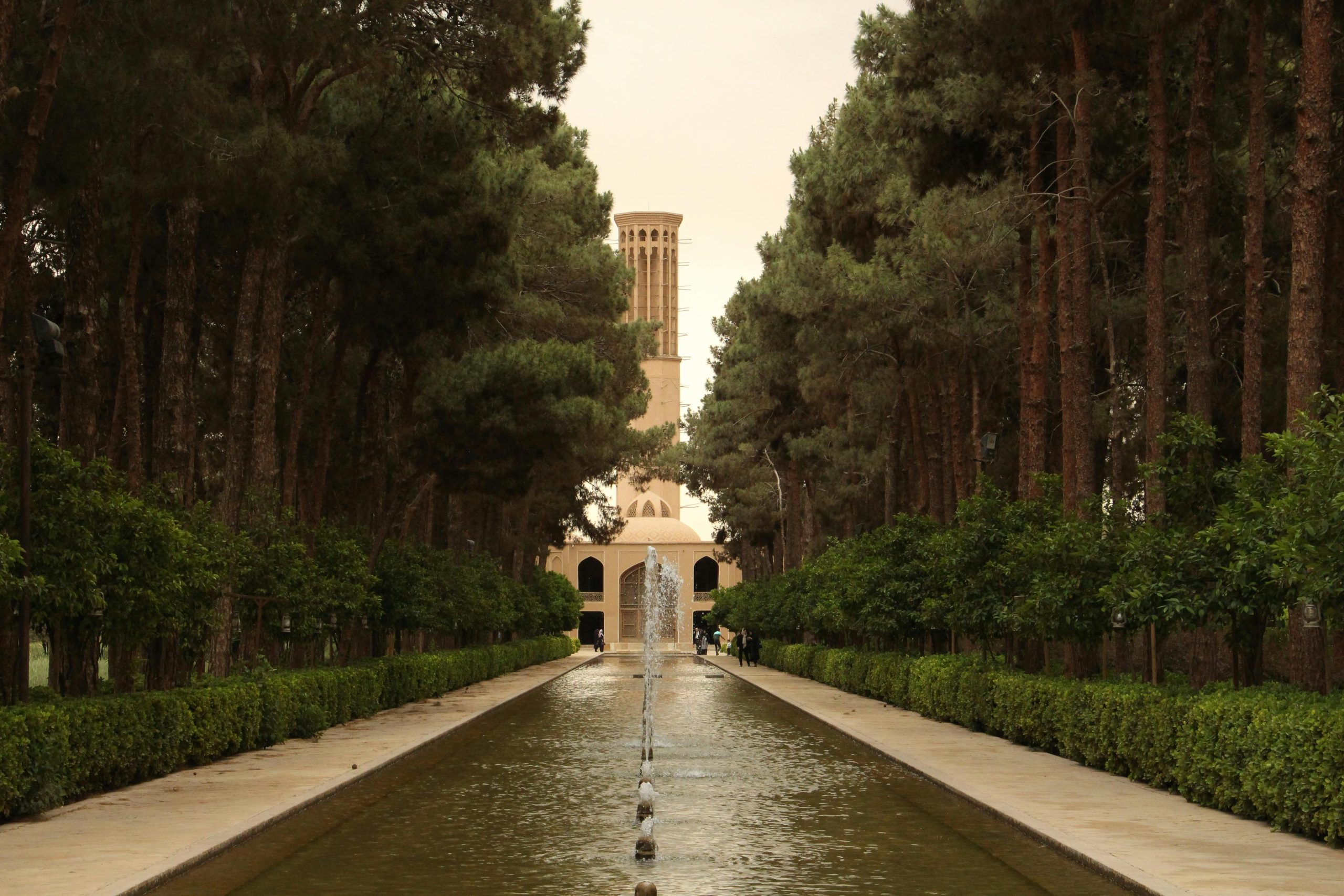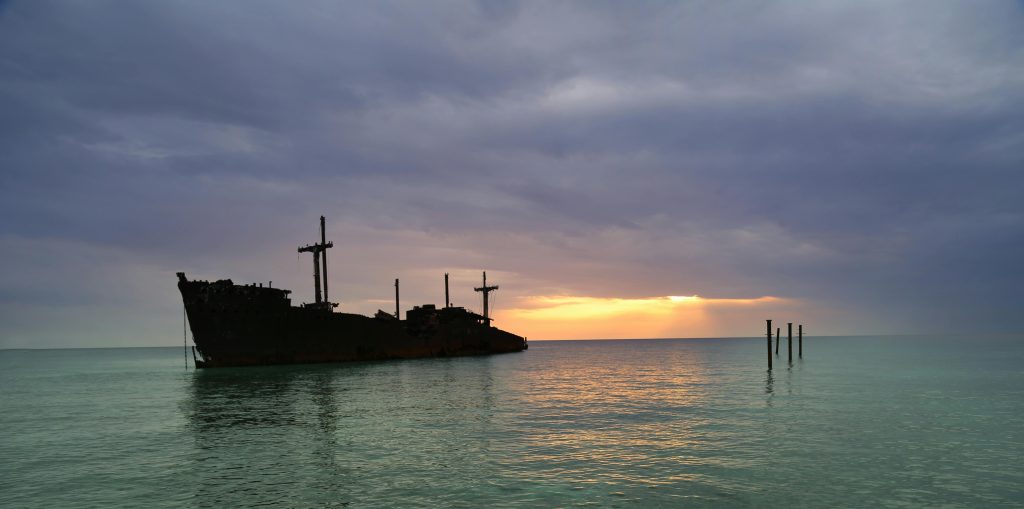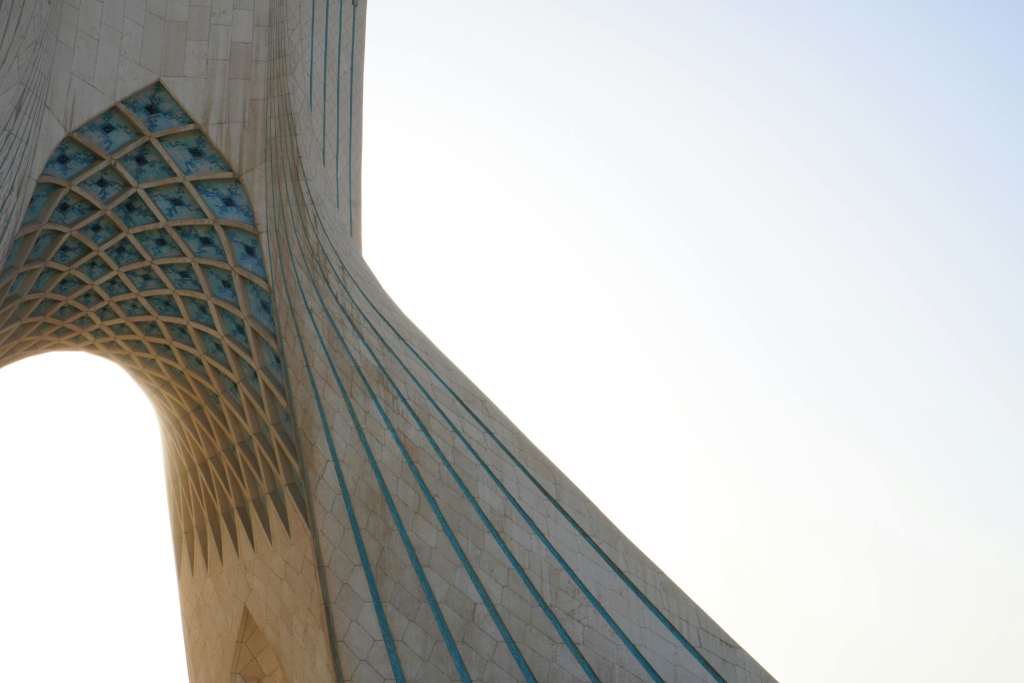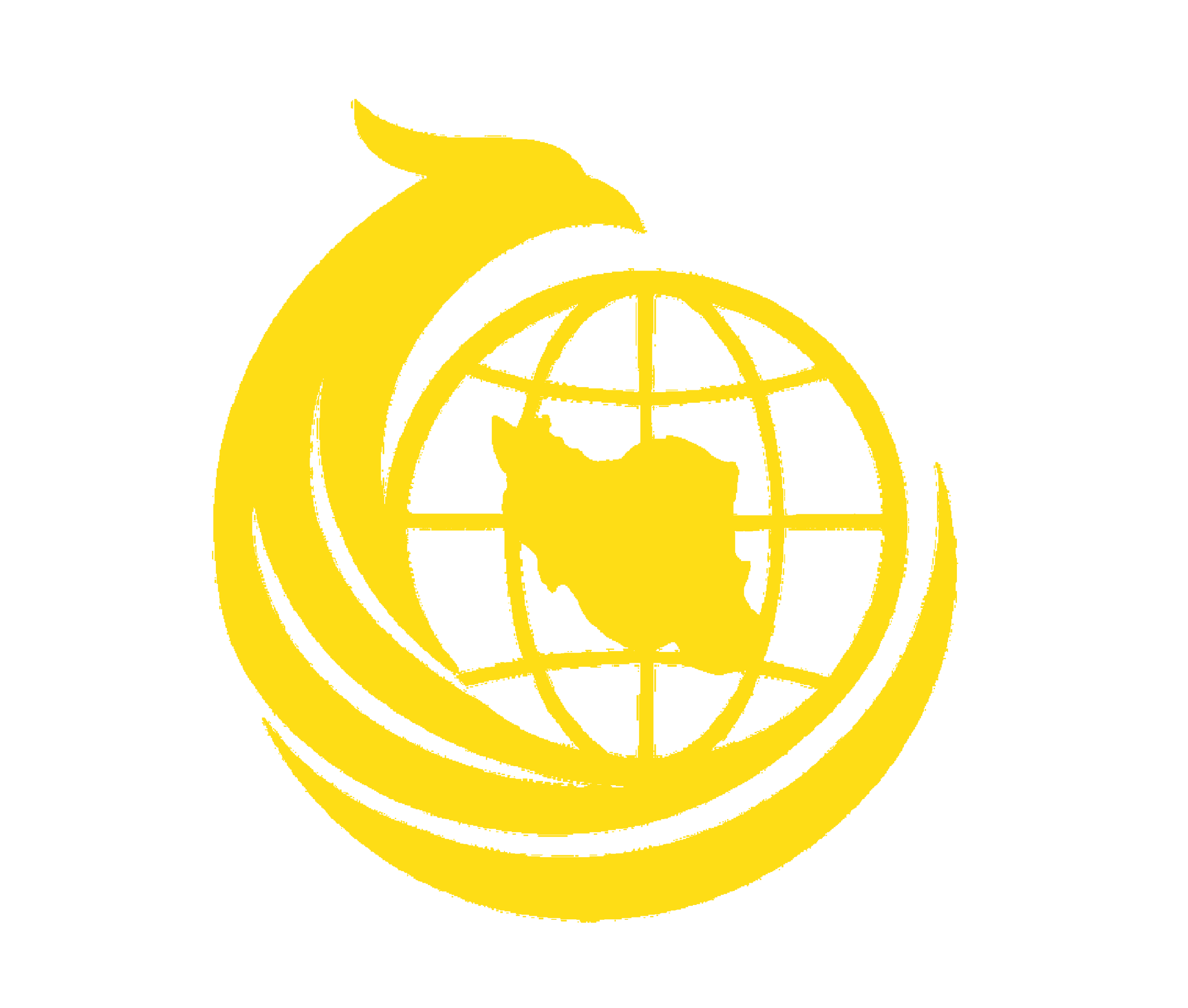Marketing landscape in Iran:How Iran’s Unique Culture Shapes Consumer Marketing

For international companies seeking to expand into the Middle East, Iran stands out as one of the most complex yet promising markets. With a population of more than 85 million, a rich cultural history, and fast-growing digital adoption, Iran offers fertile ground for global brands. However, success in the marketing landscape in Iran requires far more than generic campaigns—it demands cultural understanding.
Iran’s unique blend of traditions, values, and modern consumer behaviors shapes how people perceive brands, interact with advertising, and make purchasing decisions. For foreign businesses, recognizing and adapting to these cultural nuances is not optional—it’s essential.
This article explores how Iran’s culture influences consumer marketing, highlights key opportunities, outlines challenges, and provides practical guidance for international companies entering the Iranian market.
Market Background & Opportunities in Iran
A Diverse and Young Population
More than 60% of Iran’s population is under the age of 35. This youthful demographic is highly active on social media, open to digital-first solutions, and hungry for new products. However, they also value authenticity, trust, and cultural relevance when engaging with brands.
Purchasing Power and Aspirations
Despite economic fluctuations, Iranians demonstrate a strong demand for fashion, technology, healthcare, and lifestyle products. For international companies, this translates into opportunities across:
- E-commerce and retail: Mobile-first shopping continues to expand.
- Healthcare & pharmaceuticals: Driven by a growing middle class.
- Tourism & hospitality: A sector gaining traction with younger consumers.
- Technology & fintech: Rapidly evolving digital services.
Foreign businesses that tailor their strategies to the marketing landscape in Iran can tap into consumer aspirations while building long-term brand loyalty.
Read about How Marketing in Iran Differs from Other Middle Eastern Countries

How Culture Shapes the Marketing Landscape in Iran
1. Language and Communication
Persian (Farsi) is the official language, and localized campaigns are far more effective than direct translations. Using cultural idioms, storytelling traditions, and a respectful tone is key to resonating with Iranian consumers.
2. Religion and Traditions
Islamic values influence marketing regulations and consumer expectations. For example:
- Advertising must respect modesty and cultural norms.
- Campaigns around Ramadan and Nowruz (Persian New Year) are highly effective.
- Religious sensitivities require brands to avoid controversial or offensive messaging.
3. Community and Family Orientation
Family plays a central role in Iranian life. Marketing strategies that highlight togetherness, community, and shared experiences often perform better. This cultural trait also influences purchasing decisions, as families often shop collectively.
4. Status and Aspiration
Iranian consumers, particularly the younger generation, aspire to modern lifestyles and global trends while maintaining cultural pride. This duality shapes demand for luxury products, fashion, and tech innovations—blended with local identity.
5. Storytelling and Heritage
Storytelling has deep cultural roots in Iran, dating back to Persian poetry and literature. Brands that use narratives in their campaigns—whether through video, influencer content, or social media—find greater engagement.

Challenges & Risks in Iran’s Marketing Landscape
Regulatory Environment
Advertising in Iran comes with specific regulations. Certain industries face restrictions (e.g., alcohol, finance, or healthcare), and campaigns must comply with cultural values.
✅ Solution: Work with a local partner who understands both legal frameworks and cultural sensitivities.
Platform Limitations
Global platforms like Facebook and TikTok are limited. Instead, platforms such as Instagram, Telegram, and Aparat dominate.
✅ Solution: Redirect marketing budgets toward Iran-specific platforms where consumers are highly active.
Cultural Missteps
Foreign companies often underestimate the importance of subtle cultural cues. A poorly localized campaign can damage brand reputation.
✅ Solution: Conduct cultural audits before launching campaigns.
By addressing these risks, businesses can navigate the marketing landscape in Iran more effectively.

Practical Advice & Steps for Foreign Companies
Step 1: Conduct Market Research
Understanding consumer needs, preferences, and behaviors is the first step. Partnering with Pars Reach as a local marketing agency in Iran helps foreign companies gain authentic insights.
Step 2: Localize Campaigns
Translate content thoughtfully, incorporating Persian idioms, cultural themes, and seasonal references. Avoid direct lifts of global campaigns without adaptation.
Step 3: Leverage Local Platforms
Focus on Instagram, Telegram, and Aparat to maximize digital reach. Social media in Iran is community-driven, making it essential to engage authentically with audiences.
Step 4: Build Trust Through Influencers
Influencer marketing is a powerful tool in Iran, but partnerships must be genuine. Consumers value trust and authenticity over aggressive promotion.
Step 5: Respect Cultural Norms
Ensure campaigns respect cultural, religious, and social values. Subtle adjustments in imagery, language, and design can make or break consumer trust.

Case Study: A Tech Brand’s Cultural Adaptation
In 2022, an international tech company attempted to enter the Iranian market with global ads translated into Persian. The campaign fell flat—consumers found it too generic and disconnected from local realities.
After partnering with a local agency:
- The brand launched campaigns tied to Nowruz (Persian New Year) traditions.
- Ads featured local influencers demonstrating the technology in everyday Iranian settings.
- Messaging was adapted to highlight family connectivity and cultural pride.
Result: Engagement increased, and the company quickly established brand recognition within urban consumer markets.

Conclusion: Turning Culture into Competitive Advantage
Iran offers vast opportunities, but its unique cultural dynamics demand careful navigation. Foreign companies that invest in cultural understanding, localization, and partnerships with local agencies can transform challenges into competitive advantages.
By recognizing how Iranian values, traditions, and aspirations shape consumer behavior, brands can design campaigns that not only capture attention but also build long-term loyalty.
👉 Contact Pars Reach Marketing Agency Today to unlock your brand’s potential and succeed in one of the Middle East’s most dynamic and culturally rich markets.
Frequently Asked Questions (FAQ)
1. Why is culture so important in the marketing landscape in Iran?
Culture influences how Iranians perceive brands, advertising messages, and purchasing decisions. Without cultural alignment, campaigns risk failure.
2. Which platforms dominate Iran’s marketing landscape?
Instagram, Telegram, and Aparat are the most effective platforms for digital campaigns in Iran.
3. How can foreign companies avoid cultural missteps?
By partnering with local experts and agencies who understand consumer expectations, legal frameworks, and cultural sensitivities.
4. Are Iranian consumers open to foreign brands?
Yes, particularly younger consumers. However, they expect localization and cultural respect in branding.
5. What industries benefit most from Iran’s marketing opportunities?
Retail, fashion, technology, healthcare, and e-commerce are among the most promising.
6. How does storytelling impact consumer marketing in Iran?
Storytelling resonates deeply with Iranian audiences, drawing from a long cultural tradition of poetry and narrative art.
7. What role do influencers play in Iran’s marketing landscape?
Influencers are highly trusted and shape consumer preferences, especially among younger demographics.
